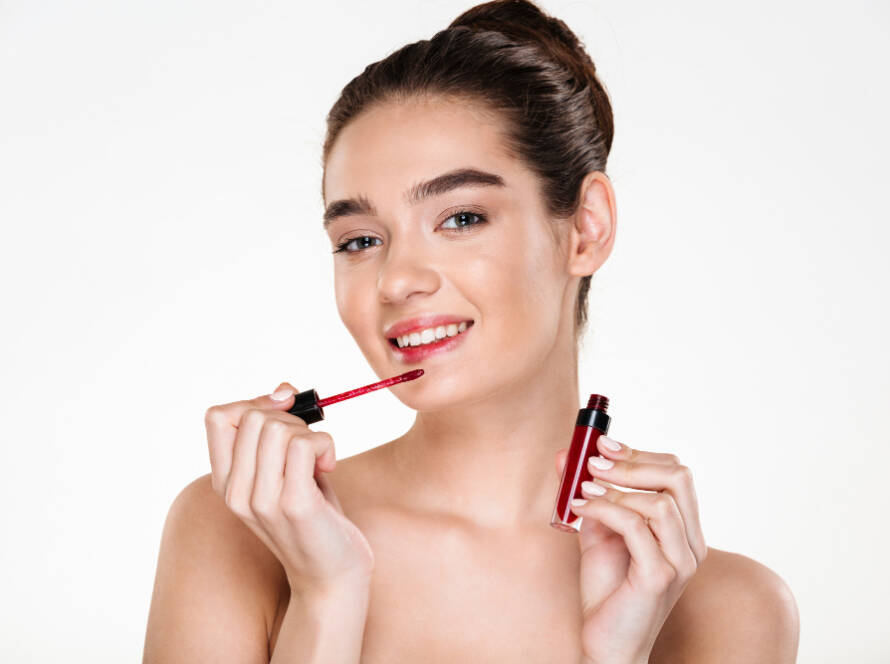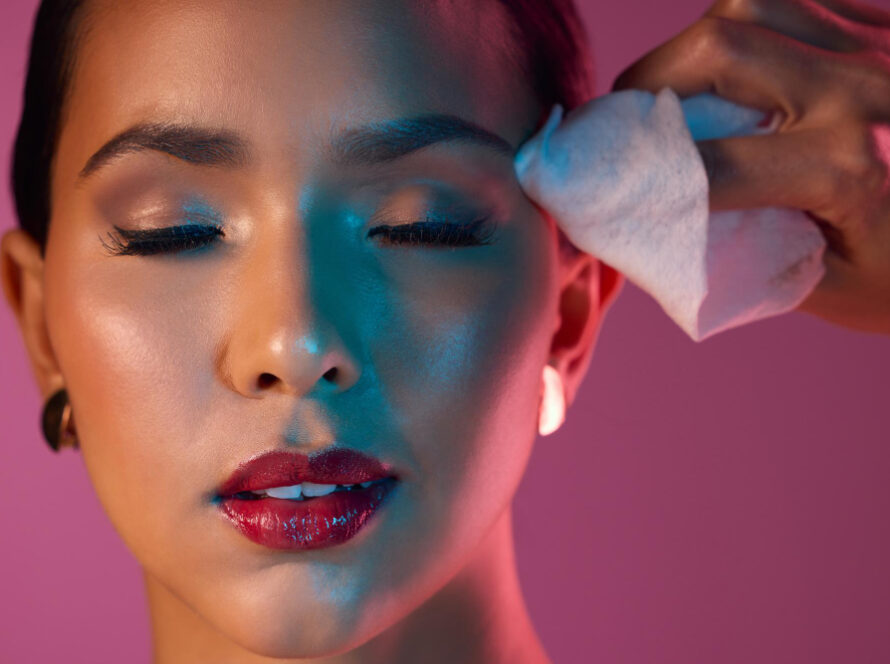Introduction:
We all have to admit, looking good and feeling confident in our skin gives us a rush like no other. We spend countless hours scouring through beauty blogs and product reviews for the right kind of makeup and skincare products that will enhance our features and clear our skin. But have you ever paused to consider what goes into these products? Can cosmetics actually harm your skin in the long run? In this blog, we’ll be delving into the world of cosmetics to uncover the truth.To all my fellow females out there, it’s time we take charge of our beauty regime and gain some clarity on what we’re putting on our skin.
The beauty industry is worth billions of dollars, which only means that there’s an insurmountable flow of cosmetic products out on the market. With so many products to choose from, it can be pretty overwhelming to know what’s good and suitable for your skin. But here’s the thing, not all cosmetic products are made equal. Some can contain harsh chemicals that can be harmful to your skin in the long run. Ingredients that you can’t even pronounce or hardly recognize on an ingredient list could indicate that certain products contain harmful substances.
There are a few ingredients to keep an eye out for in particular that can cause damage to your skin. Firstly, parabens- used as preservatives in many cosmetic products – have been linked to breast cancer and can cause harm to the endocrine system. Secondly, SLS and SLES – commonly found in shampoos, soaps and body washes- are known to cause skin irritation and can have detrimental effects on aquatic life. Lastly, fragrances – often found in almost all cosmetic products – can cause allergic reactions, headaches and rashes. If any of these ingredients are listed in the first three spots of an ingredients list, then it’s a heap of red flags.
It’s essential to read through the ingredients list of any cosmetic product before purchasing it. Checking beforehand can go a long way in preventing long-term damage to your skin. Look for products that use natural and organic ingredients. Products that don’t contain harsh chemicals but instead use naturally occurring substances like aloe vera, tea tree oil, and vegetable glycerine can be a good choice. Always do your research and check for product reviews to ensure you are purchasing products that have worked for others. That way, you’re less liable to end up with a product that will only cause more harm than good.
Now, having said all that, it’s clear that not every single ingredient that you can’t pronounce on a product label is bad. Some chemicals are safe and work well in enhancing the product’s effect. However, reading the ingredients list will give you an idea of what a product contains and if you know specifically that certain ingredients are harmful to your skin, you can easily avoid those products. It’s all about being aware of the ingredients and maintaining the balance between natural ingredients and safe synthetic ingredients.
Most importantly, always patch test a product before using it on your skin. This involves applying a bit of the product on a small patch of skin and waiting for 24 hours to see if there’s an adverse reaction. This prevents any sort of adverse reaction and confirms that the product is being received well by your skin. If any severe symptoms like redness, swelling or itching occur, immediately stop using the product and consult a dermatologist.
Conclusion:
So there you have it, everything you need to know about the truth behind cosmetics and the potential damage that they can do to your skin. Don’t get me wrong, cosmetics can do wonders for your appearance and give you the confidence boost you crave, but it’s important to recognise the risks associated with them. Always read the ingredients list, go for the natural and organic products, and patch test before using to make sure that your skin is receiving nothing but love and kindness.




